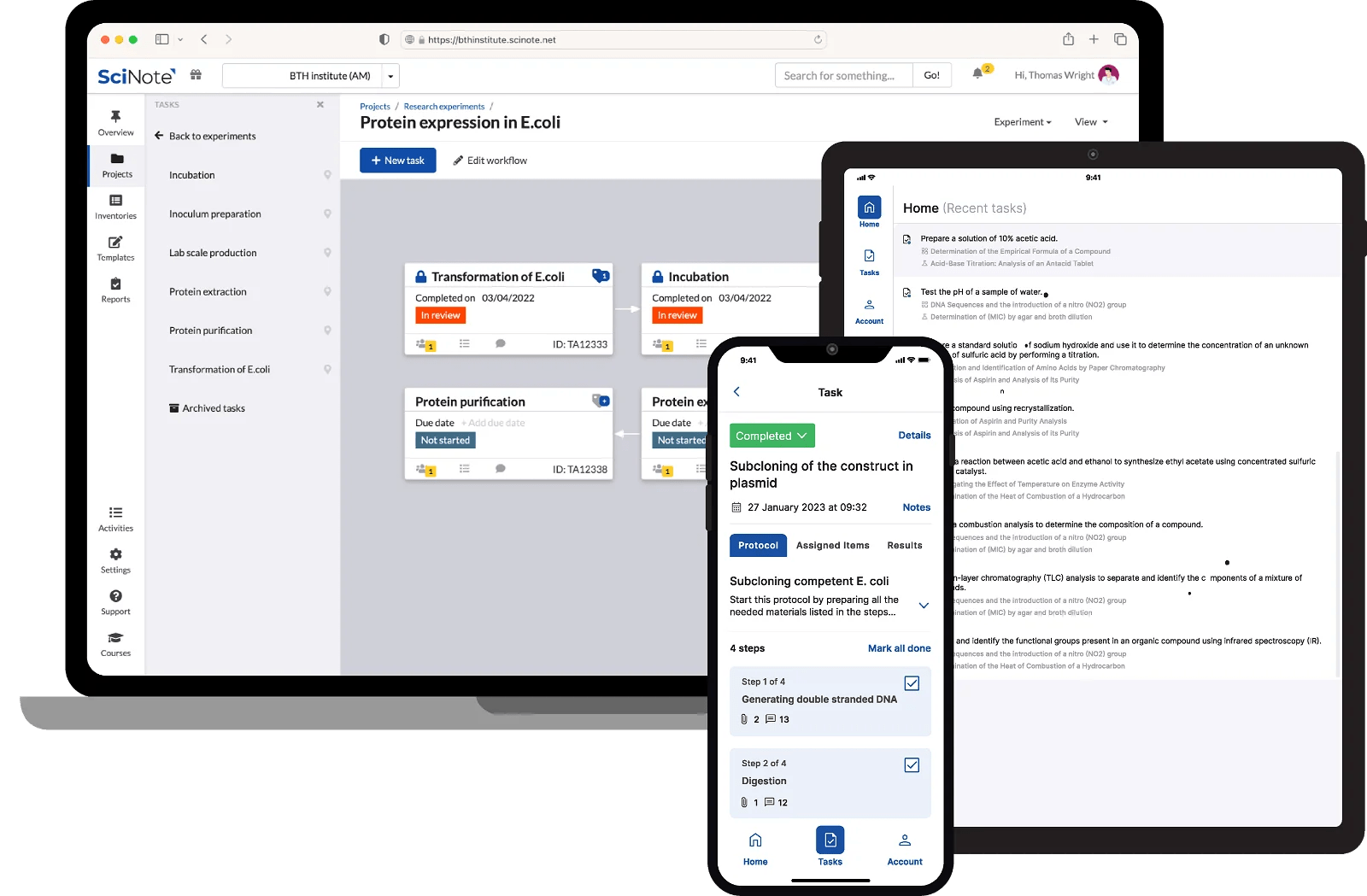In the fast-paced world of scientific research, efficiency and accuracy are paramount. As technology continues to evolve, many laboratories are transitioning from traditional paper-based record-keeping systems to electronic lab notebooks (ELNs). This shift not only streamlines data management but also enhances collaboration and compliance with regulatory standards. In this article, we’ll explore the benefits of electronic lab notebooks and provide insights on how researchers can successfully navigate the transition to a paperless lab environment.
The Benefits of Electronic Lab Notebooks
Improved Data Organization
One of the primary advantages of ELNs is their ability to organize data in a structured and searchable format. With electronic notebooks, researchers can easily categorize experiments, annotate findings, and retrieve information with just a few clicks. This reduces the time spent on manual data entry and enhances overall efficiency in the lab.
Enhanced Collaboration
A printed or electronic lab notebook promotes smooth teamwork among colleagues, irrespective of where they are situated physically. Researchers can share experimental protocols, results, and observations in real time, fostering a collaborative research environment. Additionally, ELNs often include features such as version control and audit trails, ensuring transparency and accountability in the research process.
Compliance with Regulatory Standards
Many industries, including pharmaceuticals and biotechnology, are subject to stringent regulatory requirements governing data integrity and traceability. Electronic lab notebooks offer built-in security measures, such as user authentication and data encryption, to ensure compliance with regulatory standards. Furthermore, ELNs enable researchers to generate comprehensive audit trails and electronic signatures, simplifying the validation process during regulatory inspections.
Cost Savings
While the initial investment in electronic lab notebooks may seem daunting, the long-term cost savings can be substantial. By eliminating the need for paper, printing, and storage space, ELNs reduce operational expenses associated with traditional paper-based record-keeping systems. Additionally, electronic notebooks minimize the risk of data loss or damage, further reducing potential costs associated with rework or litigation.
Navigating the Transition to Electronic Lab Notebooks
Assess Your Needs
Before implementing an electronic lab notebook system, it’s essential to assess your lab’s specific requirements and workflows. Consider factors such as the size of your research team, the types of experiments conducted, and any regulatory compliance requirements. This will help you choose an ELN solution that aligns with your lab’s goals and objectives.
Choose the Right ELN Solution
With a wide range of electronic lab notebook solutions available on SciNote ELN, it’s crucial to select a platform that meets your lab’s needs and preferences. Look for features such as customizable templates, integration with existing laboratory instruments, and compatibility with mobile devices. Additionally, consider factors such as ease of use, scalability, and vendor support when evaluating ELN options.

Provide Training and Support
Transitioning to electronic lab notebooks requires training and support for all members of the research team. Offer comprehensive training sessions on how to use the ELN platform effectively, including features such as data entry, search functionality, and collaboration tools. Additionally, designate a support team or point of contact to address any questions or issues that arise during the transition period.
Establish Data Management Protocols
With electronic lab notebooks, it’s essential to establish clear data management protocols to ensure data integrity and security. Define guidelines for naming conventions, data storage, and access control to prevent unauthorized access or data loss. Additionally, regularly back up your electronic lab notebook data to minimize the risk of data loss due to technical failures or system crashes.
Monitor and Evaluate Performance
Once your lab has transitioned to electronic lab notebooks, regularly monitor and evaluate the performance of the system. Solicit feedback from researchers to identify any areas for improvement or additional training needs. Additionally, track key metrics such as data entry efficiency, collaboration effectiveness, and compliance with regulatory standards to measure the impact of ELNs on your lab’s productivity and success.
Conclusion
The transition to electronic lab notebooks represents a significant step forward in modernizing research laboratories and enhancing data management practices. By leveraging the benefits of ELNs, researchers can streamline workflows, improve collaboration, and ensure compliance with regulatory standards. However, successfully navigating the transition to electronic lab notebooks requires careful planning, training, and support from all members of the research team.
Published by: Martin De Juan



















